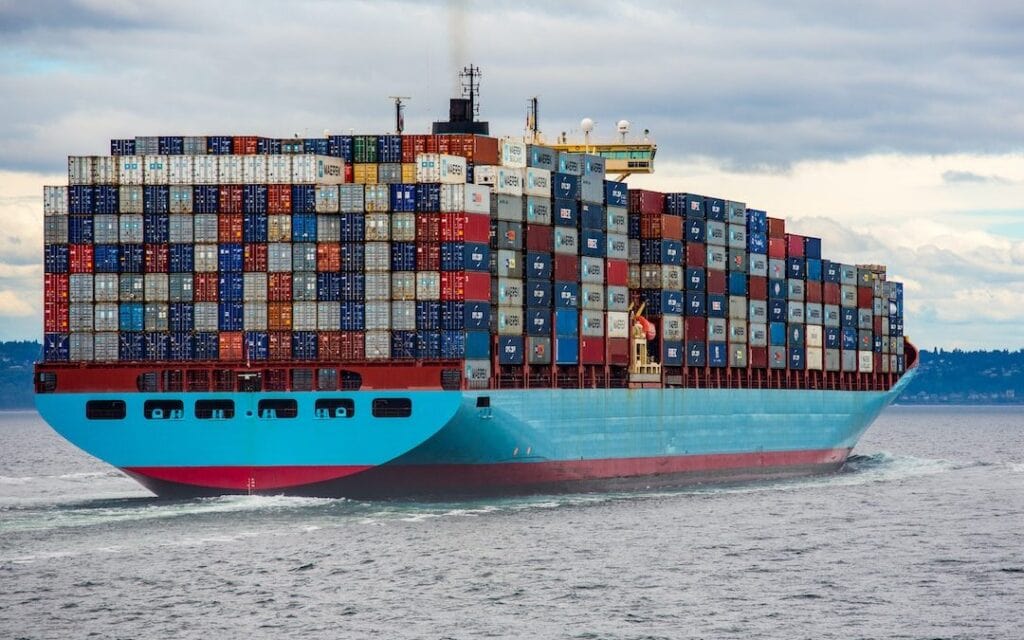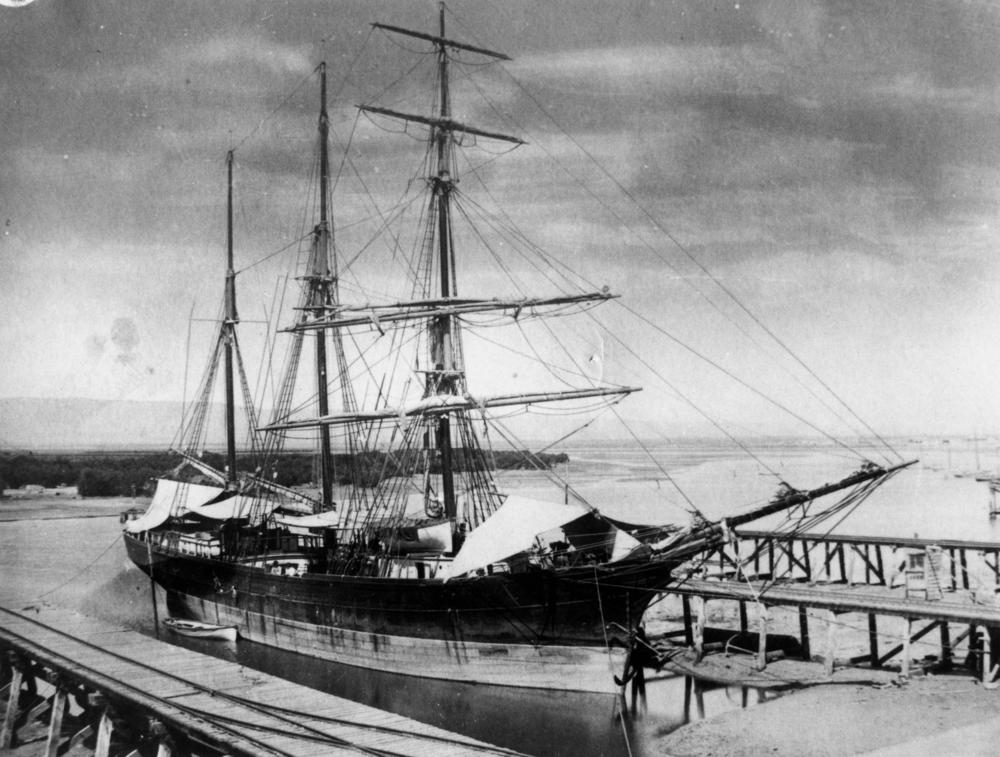US-CHINA TRADE – OVER 235 YEARS AND STILL GROWING

US-CHINA TRADE – OVER 235 YEARS AND STILL GROWING
US-China Trade continues to grow year by year in spite of political, cultural, and geographic differences. In July of each year, both the US and China celebrate the beginnings of their countries as we know them today. On July 4, Americans celebrate Independence Day (1776) while for the Chinese, July 23rd marks the anniversary of the founding of the modern government of China (1921). It’s a big deal for both counties and an important month to stop and see how far we’ve come with US-China trade relations.
The Office of the US Trade Representative Reports that U.S. goods and services trade with China totaled an estimated $634.8 billion in 2019 (latest data available). Exports were $163.0 billion; imports were $471.8 billion. The U.S. goods and services trade deficit with China was $308.8 billion in 2019 with trade in services only with China (exports and imports) totaled an estimated $76.7 billion in 2019. Services exports were $56.5 billion, while services imports were $20.1 billion giving the U.S. a services trade surplus with China was $36.4 billion in 2019. According to the U.S. Department of Commerce, U.S. exports of goods and services to China supported an estimated 911,000 jobs in 2015 (latest data available), with 601,000 jobs supported by goods exports and 309,000 jobs supported by services exports.
Currently, China is the 3rd largest goods export market for the US and it largest import partner. But where did it all start from?
The Empress of China Sails From New York To Guangzhou
US-China trade officially began in 1784, barely 8 years after American Independence, when the Empress of China sailed for Guangzhou. She was the first US ship to trade with China, and her successful trip started what is now over 235 years of US-China trade. The Empress of China (aka Chinese Queen) was a three-masted sailing ship of 360 tons. She became the first American ship to sail from the newly independent United States to China, opening US-China trade and transporting the first official representative of the American government to China.
Six months later, in August, it arrived at Macao, a Portuguese outpost on the Chinese coast and eventually up the Pearl River to Canton. There they spent the next fourth months trading their cargo for tea, Chinese cotton, porcelain, tableware, silk, and spice. The Empress returned to New York in May of 1785 after a round voyage of over 14 months and the shipment was welcomed in the U.S. were its reported to have brought its owners an impressive profit of over $30,000. The success of the voyage encouraged others to invest in further trading with China.
Today, the US-China trade relationship supports roughly 2.6 million jobs in the United States across a range of industries, including Chinese companies created in America. The combination of labor rates, productivity, freight costs, commodity costs, government interventions, and the sustainability movement will continue to influence how the US-China trade develops in the future. We see a rosey outlook and many benefits in cross-country cooperation and trading.
On the imports side, Chinese manufacturing has helped to lower prices for consumer goods in the US and keep inflation lower than it might have been without US-0Chain trade. It is estimated that US consumer prices are 1 percent – 1.5 percent lower because of cheaper Chinese imports saving US families an average about $850 a year.
On the exports side, as the Chinese middle class continues its rapid expansion over the next decade the number of Chinese middle-class consumers will exceed the entire population of the entire United States by 2026. US firms tend to sell higher value products to China, including cars and trucks, construction equipment, and semiconductors and export business and financial services. China has grown to become the third-largest destination for American goods and services and by 2030, it is expected that US exports to China will rise to more than $520 billion. China is expected to continue to be one of the fastest growing major economies, creating growth opportunities for American companies.
Below you’ll find some interesting links for reference on the beginnings of US-China Trade:
- https://www.luxuo.com/motoring/yachting/empress-china-1784-usa-china-trade.html
- http://afe.easia.columbia.edu/special/china_1750_us.htm
- https://en.wikipedia.org/wiki/Empress_of_China_(1783)
Source International is a supply management company with offices in USA, China, and Vietnam providing engineering, product development and manufacturing for industrial and consumer products supplied to major brands in North America. Let our team of experts help you navigate the global landscape manufacturing in China and Vietnam. Our local teams can be your “boots-on-the-ground” and eyes and ears in the factories to ensure your products get made on-spec, on-time, and on-budget, everytime!
SOURCE WILL BE HERE WHEN YOU NEED US
We see better times ahead for China. Everywhere that we operate, the Source Product Management Process leads to no misunderstandings about manufacturing standards or concerns about raw material availability or quality, no substandard workmanship, and no delivery logistics black holes. Access all the info about your products 24/7 is available on our exclusive SIS cloud portal. We are your guide to navigate you through to harness the competitive power of global manufacturing and give your company a competitive edge.CONTACT US TODAY for more information about how our contract manufacturing and supply manufacturing programs can add value for your company’s product supply chain.


